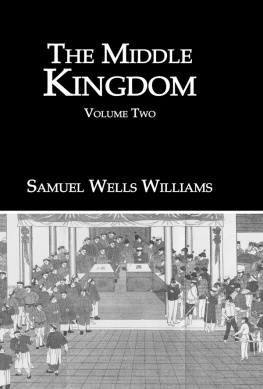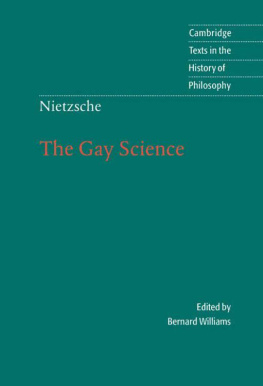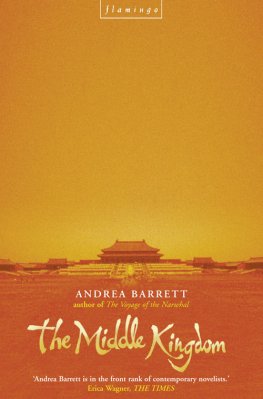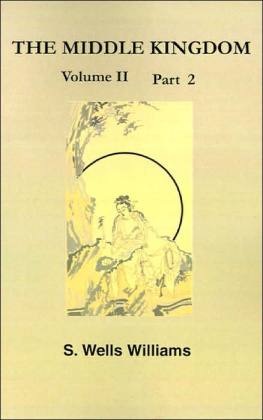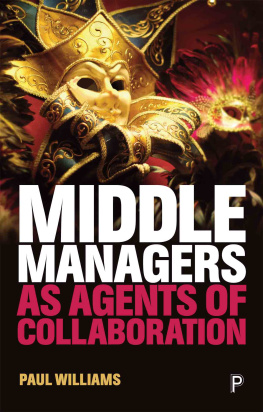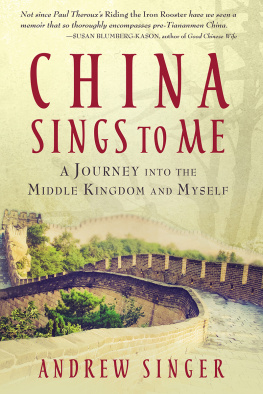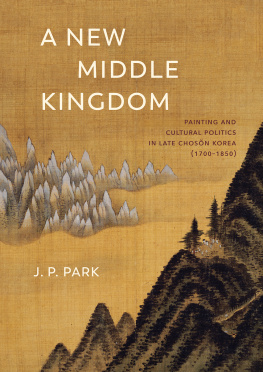First published in 2005 by
Kegan Paul Limited
UK: P.O. Box 256, London WC1B 3SW, England
Tel: 020 7580 5511 Fax: 020 7436 0899
E-Mail: books@keganpaul.com
Internet: http://www.keganpaul.com
USA: 61 West 62nd Street, New York, NY 10023
Tel: (212) 459 0600 Fax: (212) 459 3678
Internet: http://www.columbia.edu/cu/cup
BAHRAIN: bahrain@keganpaul.com
Distributed by:
Marston Book Services Ltd
160 Milton Park
Abingdon
Oxfordshire OX14 4SD
United Kingdom
Tel: (01235) 465500 Fax: (01235)465555
Email: direct.enqiries@marston.co.uk
Columbia University Press
61 West 62nd Street, New York, NY 10023
Tel: (212) 459 0600 Fax: (212) 459 3678
Internet: http://www.columbia.edu/cu/cup
Kegan Paul, 2005
Printed in Great Britain
All Rights reserved. No part of this book may be reprinted or reproduced or utilised in any form or by any electric, mechanical or other means, now known or hereafter invented, including photocopying or recording, or in any information storage or retrieval system, without permission in writing from the publishers.
ISBN: 0-7103-1167-2
British Library Cataloguing in Publication Data
Library of Congress Cataloging-in-Publication Data
Applied for.
Contents of Volume II.
Tenure of laud in China, 2; Agricultural utensils, 3; Horse-shoeing, 4; Cultivation of rice, 5; Terraces and methods of irrigation, 7; Manner of using manure, 9; Hemp, the mulberry, sugar, and the tallow-tree, 11; Efforts in arboriculture, 12; Celebration of the annual ploughing ceremony, 13; Modes of catching and rearing fish, 15; Mechanical arts, metallurgy, 18; Glass and precious stones, 21; Ingredients and manufacture of porcelain, 23; Its decoration, 25; Chinese snuff-bottles discovered in Egyptian tombs, 27; The preparation of lacquered-ware, 30; Silk culture and manufacture in China, 32; Chinese skill in embroidery, 36; Growth and manufacture of cotton, 37; Leather, felt, etc., 38; Tea culture, 39; Method of curing and preparing, 42; Green and black teas, 44; Historical notice, 51; Constituents and effects of tea, 52; Preparation of cassia (innamomum) and camphor, 55; Ingenious methods of Chinese craftsmen, 56; The blacksmith and dish-mender, 57; Carving in wood and ivory, 59; Manufacture of cloisonne, matting, etc., 61 General aspect of Chinese industrial society, 62.
Attainments of the Chinese in the exact sciences: Arithmetic, 65; Astronomy, 68; Arrangement of the calendar, 69; Divisions of the zodiac, 71; Chinese observations of comets and eclipses, 73; Their notions concerning the Action and Reaction of the Elements, 74; Astronomical myths: Story of the herdsman and weaver-girl, 76; Divisions of the day: arrangement of the almanac, 79; Geographical knowledge, 80; Measures of length, money, and weight, 81; System of banks and use of paper money, 85; Pawnshops, 86; Popular associations, or hwui, 87; The theory and practice of war, arms in use, 89; Introduction and employment of gunpowder, 90; Chinese policy in warfare, 92; Their regard for music, 94; Examples of Chinese tunes, 97; Musical instruments, 99; Dancing and posture-making, 104; Drawing and painting, 105; Samples of Chinese illustrative art, 107; Their symbolism, 111; Paintings on pith-paper and leaves, 113; Sculpture and architecture, 115; Notions on the internal structure of the human body, 119; Functions of the viscera and their connection with the yin and yang, 122; Surgical operations, 123; A Chinese doctor, 125; Drugs and medicines employed, 127; The common diseases of China, 129; Native treatises on medicine, 133.
General doubts and ignorance concerning the subject, 136; The mythological period, 137; Chinese notions of cosmogony, 138; The god Pwanku, 139; Chu His cosmogony, 141; The legendary period, Fuh-hi, 143; The eight monarchs, 145; Hwangtl and the sexagenary cycle, 146; The deluge of Yao, 147; The historical period: The Hia dynasty, 148; Yu the Great, his inscription on the rocks of Kaulau shan, 149; Records of the Hia, 152; The Shang dynasty, 154; Chau-sin, 156; Rise of the house of Chau, 157; Credibility of these early annals, 159; The Tsin dynasties, Tsin Chi Hwangti, 160; The dynasty of Han, 162; From the Han to the Sui, 165; The great Tang dynasty, 167; Taitsung and the Empress Wu, 169; The Five Dynasties, 172; The Sung dynasty, 173; The Mongol conquest, Kublai Khan, 175; The Mings, 177; The Manchus, or Tsing dynasty, 179; Kanghl, 180; Yungching and Kienlung, 181; Kiaking and Taukwang, 183; Tables of the monarchs and dynasties, 186.
Causes of the perpetuity of Chinese institutions, 188; Isolation of the people, 189; The slight influence upon them of foreign thought and customs, 191; Their religious beliefs, two negative features, 191; Three sects: the State religion, called Confucianism, 194; Objects and methods of State worship, 195; The Emperor as High Priest, 198; The Ju Mao, or Sect of Literati, 199; Religious functions of government officers, 202; Purity and coldness of this religious system, 205; Rationalism (Too km), Lau-tsz its founder, 207; His classic, the Tao-teh King, 208; Visit of Confucius to the philosopher Lau-tsz, 212; Rites and mythology of the Taoists, 214; Their degeneracy into fetich worshippers, 215; Their organization, 217; The Sect of Fuh, or Buddhism, 218; Life of Buddha, 219; Influence of the creed among the people, 221; Checks to its power, 223; Its tenets and liturgy, 224; Opposition to this sect by the literati, 227; Perpetuated in monasteries and nunneries, 229; Similarity between the Buddhist and Roman Catholic rites, 231; Shamanism, its form in Tibet and Mongolia, 233; Buddhist temples, 235; Ancestral worship, its ancient origin, 236; Its influence upon the family and society, 237; Infanticide in China, its prevalence, 239; Comparison with Greece and Rome, 242; Customs and ceremonies attending a decease, 243; Funerals and burial-places, 245; Fung shui, 246; Interment and mourning, 248; Family worship of ancestors, 250; Character of the rites, 252; Popular superstitions, 255; Dread of wandering ghosts, 257; Methods of divination, 260; Worship at graves, and shrines, 262; Chinese benevolent institutions and the practice of charity, 263; General condition of religion among them, 266; Secret societies, 267; Mohammedanism in China, 268; Jews in Kaifung, 271; Their miserable condition, 273.


